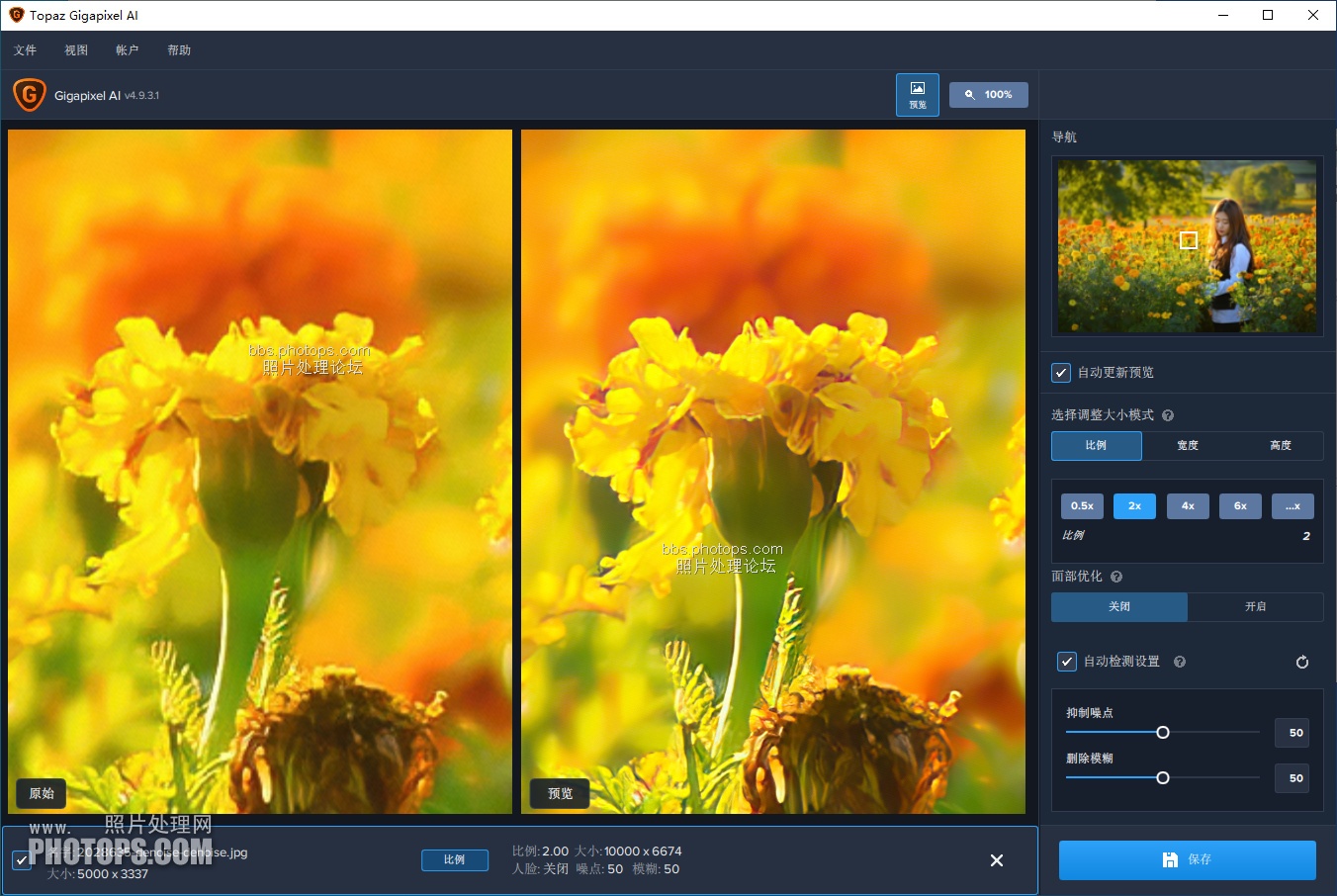
The machine also has 2x USB 2.0 ports and a SD/mmc card reader. The touch screen is supposed to be a plus for people who want a “hands on experience” editing their images. The press junk for this machine seems to make it worthy of photographers attentions, trying to prise them from their MacBook’s similarly as they have been with their Android Mobile OS. This screen has the highest pixel density screen on the laptop market. Well Google has released the New Chrome book Pixel. The laptop has a 13” 3:2 ratio with 239 ppi touch screen. Has Google made a wrong turn with their new Chromebook Pixel?
This seems more like a PR/advertising stunt by BT.īT are holding a competition for the first person to spot their mascot in the crowd.
Technically you could do this with enough computers and cameras. I would be impressed if the image was shot on a 320 gigapixel camera but it wasn’t. Is there a need for these images? Well not really. Also at certain depths the dynamic contrasting disappears and you are left with a flat image. But once you get to the fully tele end the objects become unrecognisable. The image is quite an impressive feat especially when you see how far you can zoom into the image. The image took three days to capture nearly 50,000 shots and a further three months of stitching to create the final image. All cameras had a EF 400mm f2.8L IS IIUSM lenses and 2x teleconverters. The huge image was shot by four Canon 7d cameras fixed to a rig. The image is made of more than 48,000 images all stitched together. The image of London was taken at the top of the BT tower at the end of the 2012 Olympics.

The Image has taken the crown worn by a panorama of Dubai that was a 45 gigapixel panorama.
The latest champion in the never ending, mine has more pixels than yours, in the “world’s largest digital picture”title, is a 320 gigiapixel image panorama of London. We can only wait for someone to compile the source code and create a online release, to be able to really get a vintage editing experience. Although the layers palette is not there as it was not available until much later, you can see the neanderthal man of digital photography in the software. The layout has not changed with the tools on the left and the menu options at the top, with the classic filters add noise and Gaussian blur. The Software is is very different to what we can use today, with its pixely duo-tone shadings but it does show the origins of most of the dayd to day functions photoshopers use. Now though thanks to the Computor History Museum the original source code has been released for Photoshop 1. The program was simplistic in what it could do and unless you had a time machine no one would have predicted that it would be the image editing behemoth that it has become today. Back in 1989 Adobe Photoshop was released as a Mac only software.


 0 kommentar(er)
0 kommentar(er)
